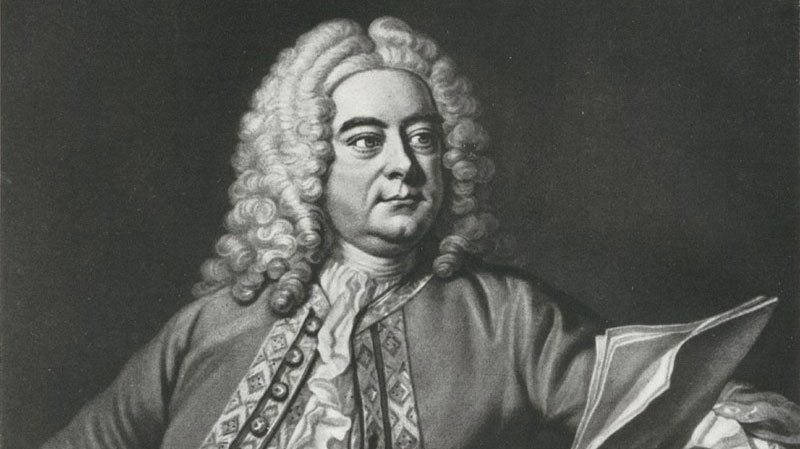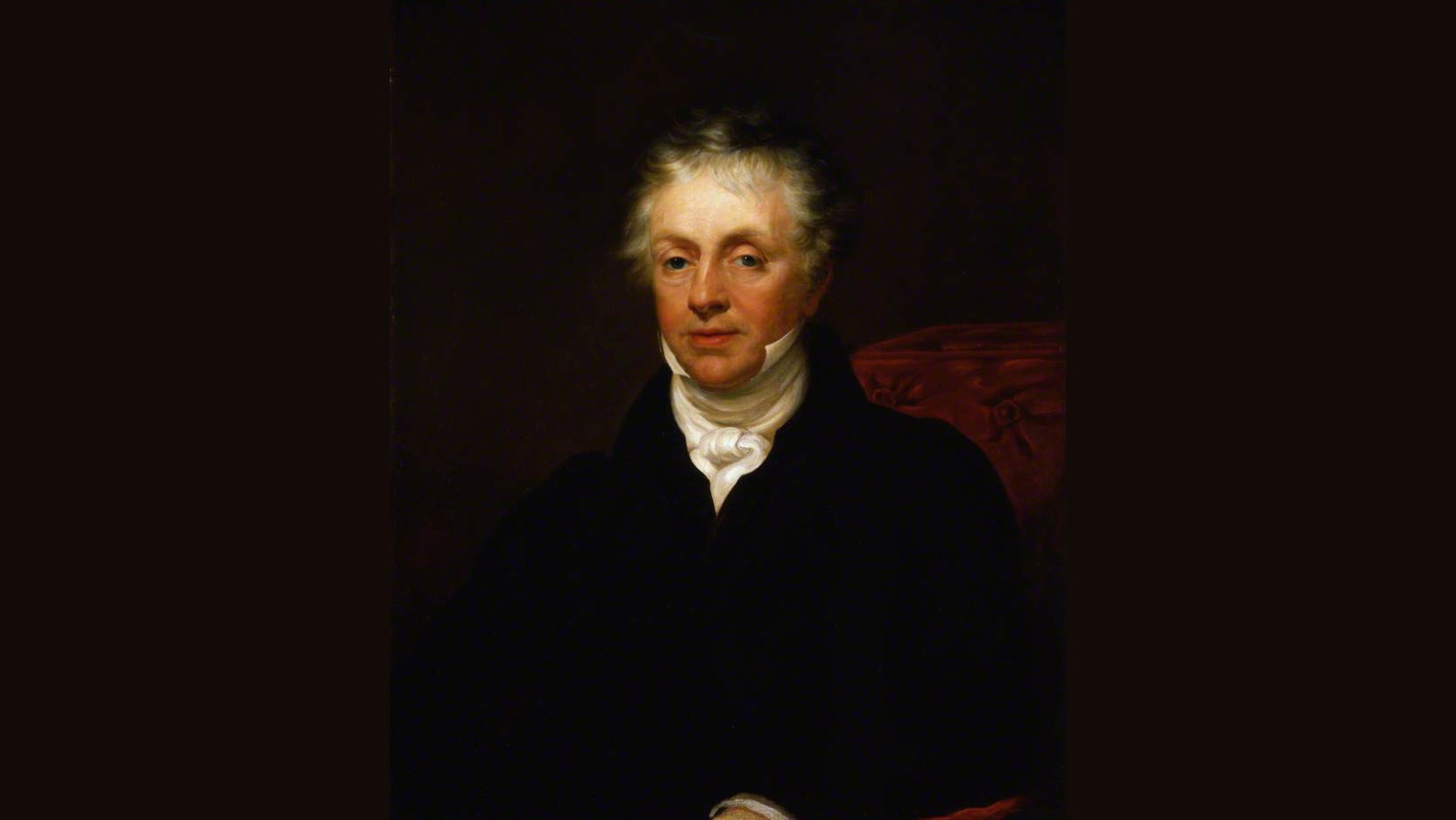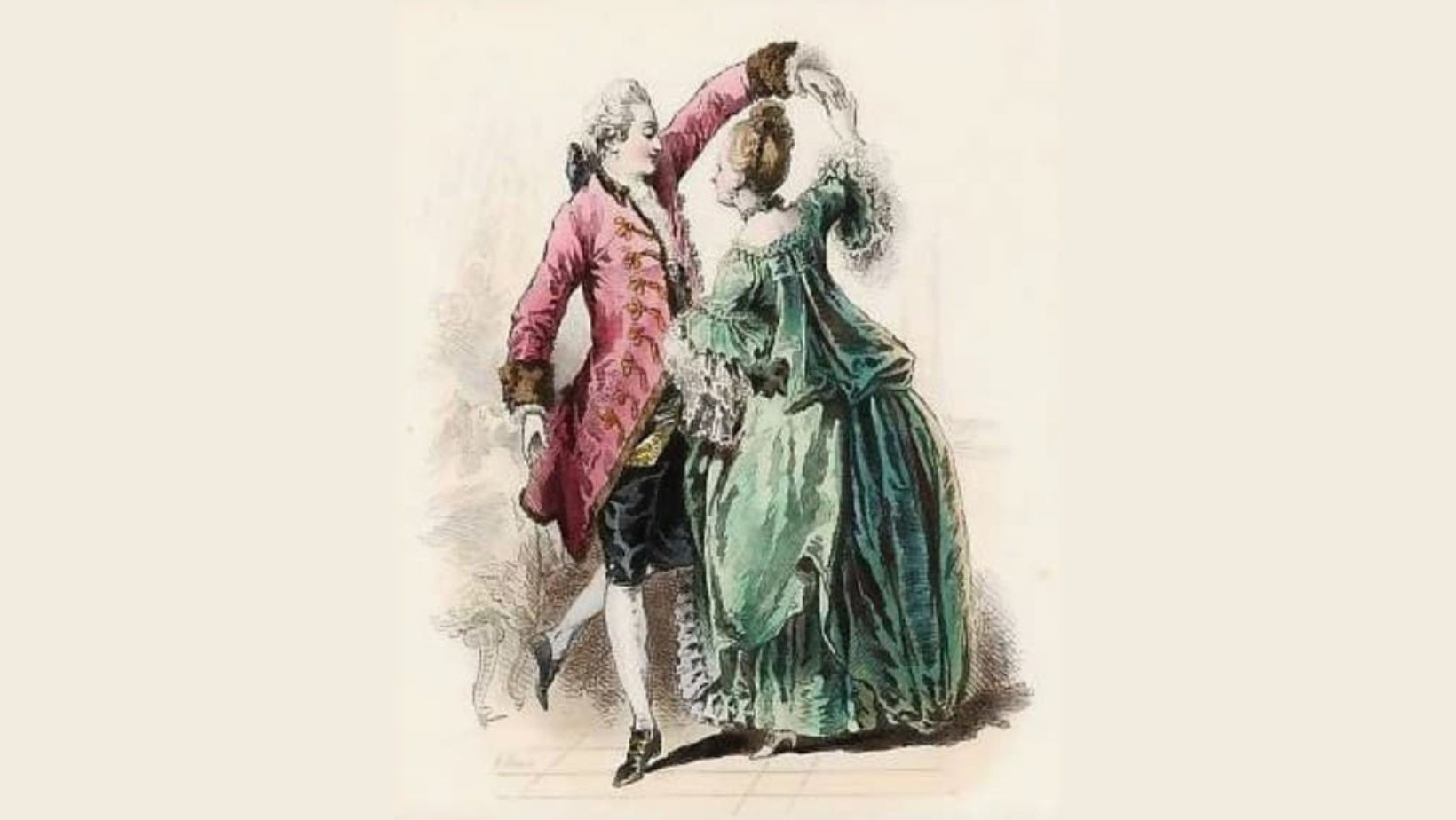
Encore! Listening
Does your student’s playing lack “musicality” or accuracy?
One quick way to improve your student’s playing in both areas is to encourage more listening.
Students who listen to a professional recording of their piece in the learning stages - even only once or twice - are likely to
How to Teach Bach Prelude in C Major
Today we’re talking about how to teach the Bach Prelude in C Major BWV 846 from the Well-Tempered Clavier. This is an iconic piece that needs no introduction.
How To Teach Handel Courante in F Major
Today we’re talking about how to teach the Courante in F Major HWV 488, also known as the Prelude in G Major HWV 442 by George Frideric Handel.This piece is a great example of why we practice our scales!
How To Teach Clementi Sonatina Op.36, No.3
Today we’re talking about how to teach the first movement of the Sonatina in C Major Op.36, No.3 by Muzio Clementi. This is a fun, spirited movement with scintillating scales.
How To Teach Attwood Sonatina in G Major
Today we’re talking about how to teach the first movement of the Sonatina in G Major by Thomas Attwood. This is a great option for a student's first sonatina movement.
How To Teach Handel Gavotte in G Major
Today we’re talking about how to teach the Gavotte in G Major HWV 491 by George Frideric Handel. This is a bouncy, patterned, Baroque piece at the early intermediate level.
How To Teach Kabalevsky A Short Story
Today we’re talking about how to teach A Short Story from Dmitri Kabalevsky's Thirty Pieces for Children Op.27. This is a beautiful etude in broken second inversion chords.
Teaching Piano To Your Own Children: Update
Do you teach piano lessons to your own children?
Yes. And no.
I originally answered that question in this older post. Since then, three school years have finished, I’ve sent a kid off to college, and the younger ones have obviously all gotten older.
I shared that post a few times recently, and I realized that it was time for an update.
Janna's Favorites 2023
Amazon Prime Day is July 11 - 12, 2023!
Here is a quick compilation of items that I have particularly enjoyed in the past year. Let me know in the comments what your 2023 favorites have been!
Suggested Listening
To that end, here is a long list of suggested albums and playlists featuring classical and jazz piano solo works, including a few concerti. I would recommend that students and families use these as household “background” music to familiarize students with a vast array of possible piano repertoire.
These links all go to Spotify; most of the individual albums should be available on other streaming services.
How To Teach Grieg Sailor's Song
Today we’re talking about how to teach one of Edvard Grieg’s Lyric Pieces - the big-sounding Sailor’s Song Op.68, No.1. This is great vehicle for helping your student improve his or her octave and big chord technique.
How To Teach Bach Invention No.13
Today in our How To Teach Intermediate Piano Repertoire series we are looking at Bach’s Invention No.13 in A minor. I prefer to use this one as a student’s second invention, after learning either No.1 in C Major or No.8 in F Major. It is at a similar difficulty level to the Invention No.14 in B-flat major.
To view my video covering the Invention No.1, please click here.
To view my video covering the Invention No.14, please click here.
How To Teach Clementi Sonatina Op.36 No.1 third movement
Today we’re talking about how to teach the third movement of Sonatina Op.36, No.1, by Muzio Clementi. This is a well-loved early intermediate piece in the student repertoire, for good reason - it’s catchy and very fun to play!
To view my earlier post and video covering the first movement of Op.36, No.1, please click here.
How To Teach Bartók Dance in Bulgarian Rhythm No.2
Today we’re talking about how to teach Dance in Bulgarian Rhythm No.2 which is from Béla Bartók’s Mikrokosmos Volume 6. This is a great example of a piece in asymmetrical meter. For another post on asymmetrical meter and mixed meter, click here.
How To Teach Beethoven Sonata Op. 79
Today we’re talking about how to teach the first movement of the Sonata in G Major Op.79 by Ludwig van Beethoven. This is an energetic movement marked Presto alla tedesca - “fast, in the style of a German dance.” This is one of the easiest Beethoven sonatas, appropriate for upper intermediate or early advanced students. Click here for my blog post and video all about the EASIEST Beethoven Sonatas.
Reflections on MTNA 2023
It was a great privilege to attend the 2023 MTNA National Conference this past week. I know many were prevented from doing so because of the location and cost, and I do not take the privilege lightly. My parents agreed to care for my younger kids (read: entertain them and feed them ice cream!) and Steve and I made a week of it after finding a cheap flight on Spirit Airlines (read: 7 hour layover in Las Vegas in the middle of the night).
Without further ado, here are a few highlights:
How To Teach Burgmüller Ballade
Today in our How To Teach Intermediate Piano Repertoire series we are looking at Burgmüller’s Ballade Op.100, No.15. While it can be challenging to teach "overplayed" pieces such as this one (we always seem to be fixing the same problems!), this is one of my favorites because of the fact that this piece is a great vehicle for expression. Students often perform best when they can focus on just that - playing expressively and communicating the drama.
SIX TIPS: Practice performing
The next of my Six Tips to Ensure Your Student is Ready for a Performance is to help your students practice performing.
This might seem obvious to us as teachers, and even to our students, but if my students’ practicing is evidence, then the truth of this statement is not always applied.
Practicing (rehearsing, learning, working on things, solving problems)
is not the same as
Practicing performing (playing from start to finish with the focus required to carry out all that you intend to do musically).
SIX TIPS: Develop a healthy mindset for performance
The next of my Six Tips to Ensure Your Student is Ready for a Performance is to help your students develop a healthy mindset for performance.
Many students who start music lessons at a young age often have a naturally carefree attitude towards performance. However, students who begin lessons at an older age, or those who have grown older and more self-conscious over time, often find themselves worried about making mistakes and concerned with the opinion of others when performing.
So, what is a healthy performance mindset?
SIX TIPS: Facilitate emotional connection for expressive playing
The next of my Six Tips to Ensure Your Student is Ready for a Performance is to facilitate the student's emotional connection to the piece so that he or she can play expressively. This is my favorite of these tips!
Without embarking on a long philosophical discussion, I think this is a great point to stop and ask the question - what is art? The definition I like to work with is:
Art is the creative expression of the human condition.
Music, therefore, is…



















